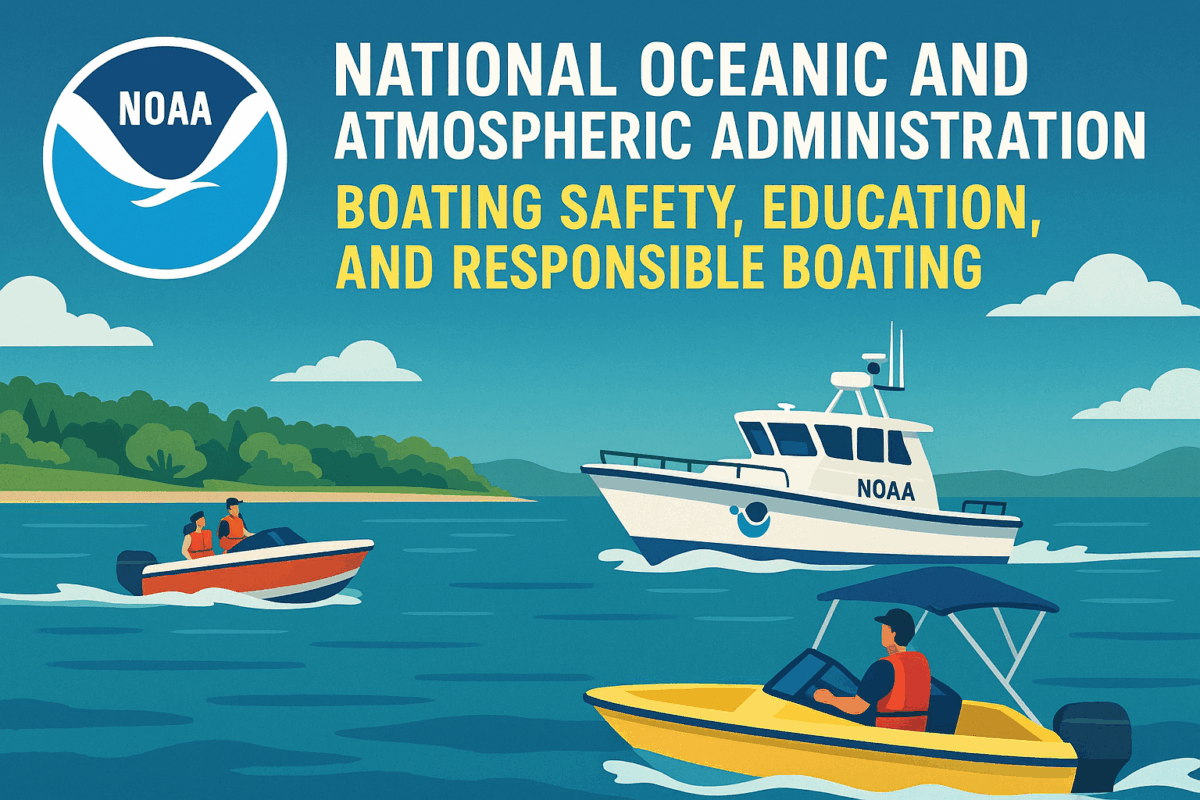Call: 1-800-832-7191

NOAA Be Kind to Nature
NOAA Be Kind to Nature Campaign Inspires Responsible Boating
The NOAA Be Kind to Nature initiative encourages boaters to protect marine environments while enjoying time on the water. This campaign promotes eco-friendly habits that reduce pollution, protect wildlife, and preserve natural beauty. Because boating impacts fragile ecosystems, NOAA urges operators to follow sustainable practices. Boaters who respect nature help maintain clean waterways and healthy habitats. By making small changes, everyone contributes to long-term conservation.
Respect Wildlife and Avoid Sensitive Areas
Boaters should steer clear of nesting sites, shallow grass beds, and coral reefs. These areas support vulnerable species and delicate ecosystems. Because propellers and anchors can cause lasting damage, NOAA recommends using designated channels and mooring buoys. Wildlife should never be fed or disturbed. Instead, observe animals from a safe distance. Responsible behavior helps protect biodiversity and ensures future generations can enjoy nature’s wonders.
NOAA Be Kind to Nature Tips for Cleaner Boating
Reduce waste by bringing reusable containers and properly disposing of trash. Fuel spills harm fish, birds, and aquatic plants. Therefore, refuel carefully and check for leaks. Use biodegradable soaps and avoid dumping waste overboard. Because clean water benefits everyone, boaters must do their part. For more eco-friendly boating tips, visit Connecticut Boating Certificates – The Helm. Education leads to better choices and safer environments.
Share the Message and Lead by Example
Boaters can inspire others by modeling respectful and sustainable behavior. Talk to friends and family about the NOAA Be Kind to Nature campaign. Marinas and boating clubs should display signage and distribute educational materials. Because awareness drives change, outreach plays a key role. Support conservation groups and participate in local clean-up events. By working together, communities protect waterways and promote stewardship. Rember that boaters are the leading cause of polluted waterways. Imagine one drop of oil in the water from every boat every day…it adds up.
